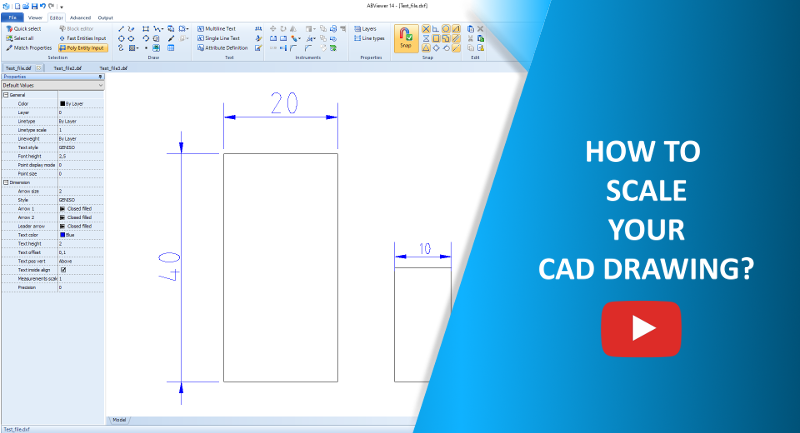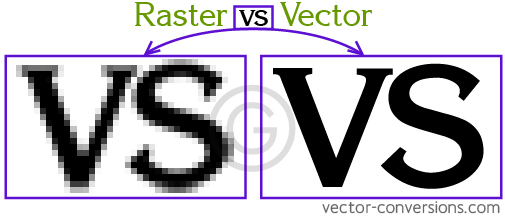

- #VECTORIZE RASTER IMAGE HOW TO#
- #VECTORIZE RASTER IMAGE PDF#
- #VECTORIZE RASTER IMAGE MANUAL#
- #VECTORIZE RASTER IMAGE FREE#
But with our service, this is not a problem and we offer you an online converter that can convert vector graphics of the following formats: Another option is possible when you are asked to submit work in a format that you cannot export your graphics editor, for example, you may need to convert the AI to SVG. It can be a real problem for you to translate, for example, SVG to AI or EPS to AI to be able to work in a familiar format. Vector graphics give designers and artists with tremendous opportunities, but the presence of many proprietary formats of various graphic editors creates serious difficulties in exchanging files.
#VECTORIZE RASTER IMAGE PDF#
#VECTORIZE RASTER IMAGE FREE#
Step 3: Use the Eyedropper Tool (I) to sample colors from the original image and apply them to the vector image.įeel free to add more details to the vector if you like. Now you can unlock the paths and color the image. I recommend choosing a bright stroke color so that you can see the path that you’re working on. Useful tips: Use different stroke colors for different color areas and lock each path when you finish closing the path. Select the Pen Tool from the toolbar, choose a stroke color, and change the Fill to None. Step 2: Create a new layer and use the pen tool to draw/trace different parts of the image. Step 1: L ock the image layer so you won’t move it by accident as you work. The pen tool would be ideal in this situation for vectorizing.Ī raster image can be turned into a vector graphic by adding a simple contour, a silhouette, or your preferred color. You might attempt Image Trace’s Black and White logo option, however the outlines might not be particularly precise. What if you wish to convert a raster image into a vector? It can take a while to remove a backdrop that has several colors (as in this example), but if your background color has a small number of colors, you can select all of those colors at once and delete them. To erase, either use the Eraser Tool or just select the undesirable area and press the Delete key. For instance, you may remove the background and just show the bird. You’ll see something similar when you choose the image. Step 3: Your image is vectorized after clicking Expand! If your Ai version doesn’t display this option, you can access the panel by selecting Window > Image Trace from the main menu. The small panel icon next to the tracing result should be clicked. The Image Trace panel also has a few detail parameters you can change. If you wish to get different results, feel free to experiment with other options as well. The look will be more cartoonish with Low Fidelity Photo. You’ll get the most accurate representation of the original image with a High Fidelity Photo.

Step 2: Choose an option for how you wish to trace the image by clicking Image Trace. When you choose an image, the Properties > Quick Actions box will display the Image Trace option. I’ll use this picture of a bird to make my point. Step 1: In Adobe Illustrator, place the raster picture and embed it. You can convert a photo to a vector in Illustrator in 2 process Method 1: Image Trace So let’s begin the process of turning a snapshot into a vector.
#VECTORIZE RASTER IMAGE HOW TO#
Here’s how to turn a photo into a vector in Adobe Illustrator.
#VECTORIZE RASTER IMAGE MANUAL#
An instruction manual for vectorizing an image is provided below. Without sacrificing quality, Adobe Illustrator makes it straightforward to convert photos to vectors. Scalable shading polygons are used in vector pictures to convey color. Raster images use rectangular pixels to create photos (bits of color). Raster pictures make up the majority of the photos that can be seen online. The alternative is to convert the image to a vector using Adobe Illustrator if the raster image is too small for your purposes.Ī scalable image made from values rather than pixels is known as a vector image. But you can’t make them bigger without lowering the quality.

Raster images are composed of numerous components and are made up of individual pixels.


 0 kommentar(er)
0 kommentar(er)
